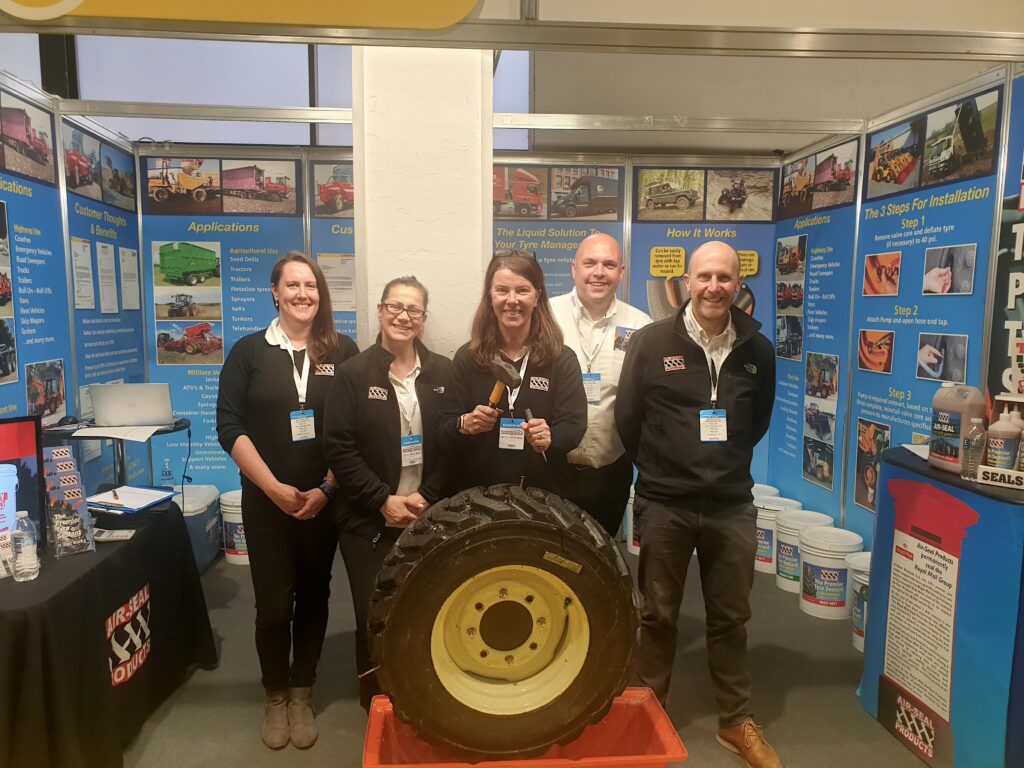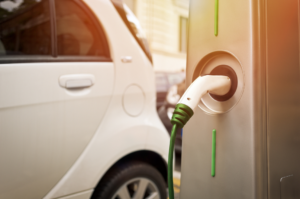Air-Seal Products had a busy few days at The Commercial Vehicle Show at the NEC in Birmingham last week. The show is the largest and most comprehensive road freight transport, distribution, and logistics event in Britain, making it unmissable for anyone operating commercial vehicles as part of their business.
Punctures are an inconvenience for any fleet manager as the multiple costs involved can have a large financial impact on any operation. The repair cost of a puncture is minimal when compared to other associated factors such as downtime, call-out, and the cost of a new tyre. Therefore, Air-Seal Products exhibits at the CV Show each year to demonstrate the effectiveness of our tyre sealants in reducing these issues.
The three-day show saw a multitude of our existing customers stopping by to let us know how happy they were with the performance of our tyre sealants. Both MRL Grab & Tip Ltd and Oliver Landpower Ltd have been using our products for over 15 years, and Mike Potts Haulage says our product is so good he never needs to replace tyres!
We also took the opportunity to catch up with some of our larger customers such as Argos and the Royal Mail Ltd, to whom we are the sole suppliers of tyre sealant.
Alongside catching up with familiar faces, Air-Seal Products also converted some non-believers into customers with our impressive tyre sealant demonstration. One new customer, J & R Car and Van Hire, was so impressed with our tyre sealant demo they bought three of our brand-new 4 litre jugs from the stand!
The Commercial Vehicle Show will be back again next year from the 23rd-25th April but if you can’t wait that long to see our infamous demo then click here. If you would like to purchase a product from our premier tyre sealant range, you can visit our online shop here.




